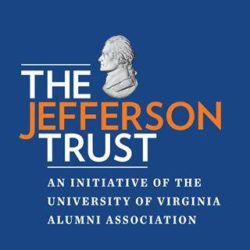Camp Lewis Mountain tourist home
Known Name(s)
Camp Lewis Mountain tourist home
Address
Skyline Drive Luray, VA
Establishment Type(s)
Cabins, Campground
Physical Status
Extant
Description
Photos courtesy National Park Services "Segregated Facilities 1939 - 1950."
Detailed History
For more information on current-day Camp Lewis, see http://www.goshenandoah.com/lodging/lewis-mountain-cabins
The Library of Congress has a Historic American Buildings Survey of the Camp Lewis campground: http://www.loc.gov/pictures/search/?q=luray%20virginia%20lewis.
See also appalachiantrailhistory.org. and https://www.tclf.org/lewis-mountain-campground
According to the Center for the Preservation of Civil Rights Sites at the Weitzman School of Design, "Lewis Mountain was the only camping and recreational area developed for African American use within Shenandoah National Park. Open for business by the summer of 1939, Lewis Mountain provided 50 picnic tables, 12 fireplaces, parking for 42 cars, campsites for 30 tents and trailers, and the picnic area Comfort Station. The park was integrated after 11 years of operation in 1950. Lewis Mountain served as the de facto campground for African American visitors throughout the 1950s." Please note that the tourist home was not necessarily affiliated with the campground; it was most likely nearby. According to the Cultural Landscape Foundation (see link above), the Civilian Conservation Corps developed the site between 1938 and 1942. Noted architect Marcellus Wright, Jr. designed the lodge and four cabins which were constructed between 1938 and 1940 by the concessionaire, the Virginia Sky-Line Company.
The Cultural Landscape Foundation places the campground approximately six miles south of. was Big Meadow, between Big Meadow and Swift Run Gap. There are cabins at the National Park Service Camp Lewis campground in Luray, but it is unclear if they were affiliated with the tourist home. Since 2003 Lewis Mountain has been a contributing factor to the Skyline Drive Historic District.
Many thanks to Ann Miller, who provided the link to the Cultural Landscape Foundation.





